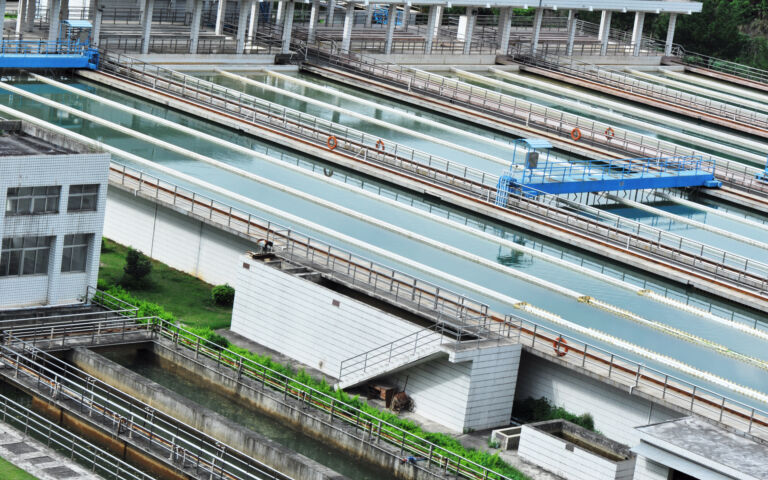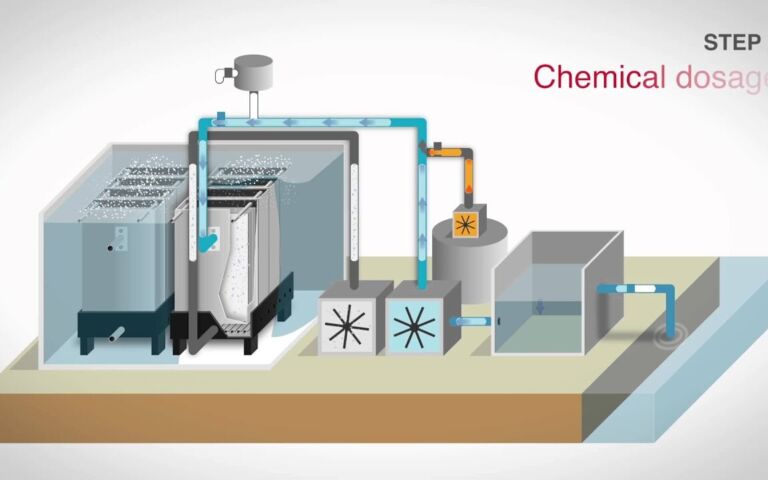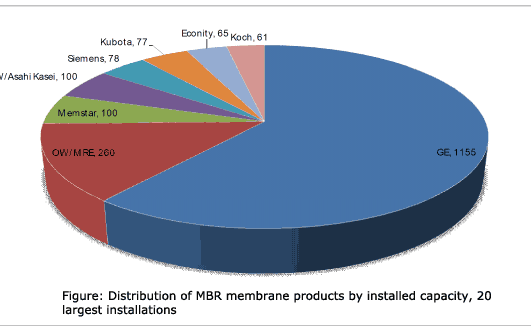You say you want the resolution − loading fluctuations in membrane bioreactors

Simon Judd has over 35 years’ post-doctorate experience in all aspects of water and wastewater treatment technology, both in academic and industrial R&D. He has (co-)authored six book titles and over 200 peer-reviewed publications in water and wastewater treatment.
It is recognised that MBRs − and the immersed configuration (iMBR) in particular − operate more efficiently when fluctuations in loading are reduced. If the option is available, and this normally means space, a buffer tank can reduce fluctuations sufficiently to allow more optimal use of the membranes, and a cost analysis (Verrecht et al, 2010) has shown this to be slightly more cost effective than installing additional membranes for large municipal installations.
However, the costs incurred by very large peak loads can become very significant, particularly if space is at a premium and recourse has to be made to installing large amounts of membrane, which are then underutilised during periods of low flows. This underutilisation can to some extent be mitigated by reducing the energy demand by switching to either more intermittent aeration (for HF membranes) or reduced bulk aeration (for FS membranes) in the case of iMBRs.
For sMBRs the number of membranes on line can be reduced directly without altering the permeation conditions at all, which then means that the unused membranes can effectively be used as spares.
So, whilst extreme peak loads are unwelcome for any membrane process, and inevitably adds to the capital cost through requiring additional membranes to be installed, it seems that there are ways of adapting the conditions to limit the increase in specific energy demand (kWh/m3 permeate) normally associated with low flows.
Indeed, for the air-lift sidestream in particular, it is actually technically possible (though obviously not practically feasible) to match the number of membrane modules on line with the flow. For a medium to large plant with over 100 modules, this equates to a resolution of <1%.
And then we’d have to start improving the precision of the flow monitoring equipment ...







